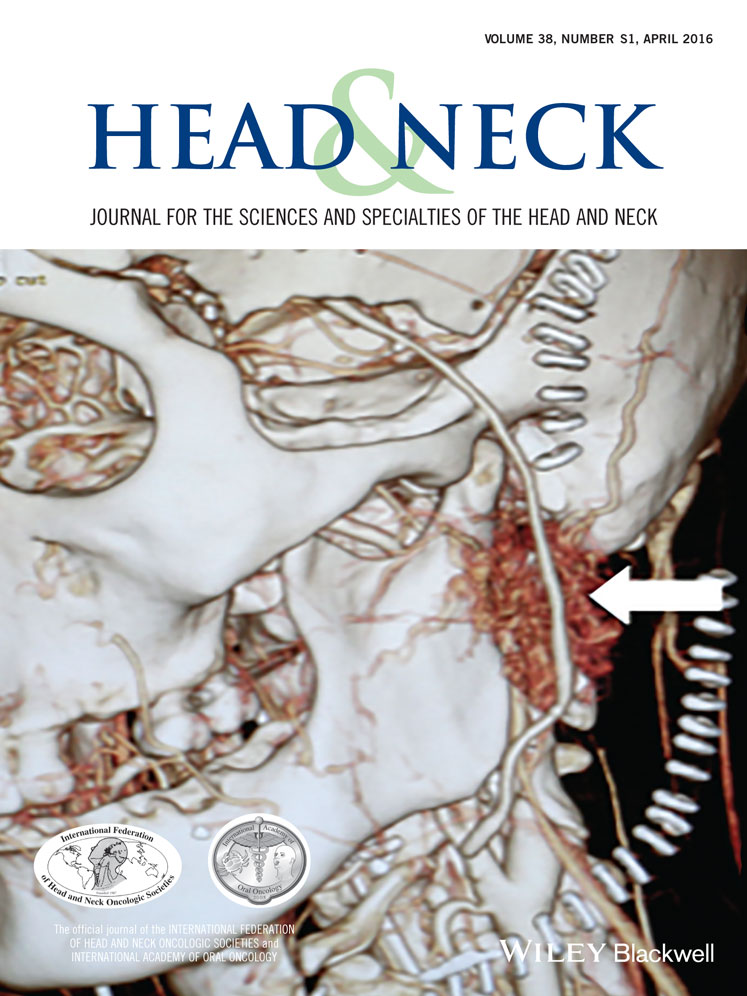Predictive factors for difficult robotic thyroidectomy using the bilateral axillo-breast approach
Contract grant sponsor: This work was supported by the Technology Innovation Program (or Industrial Strategic Technology Development Program), (10049743, establishing a medical device development open platform, as a hub for accelerating close firm-hospital communication) funded By the Ministry of Trade, Industry, and Energy (MI, Korea).
Abstract
Background
The purpose of this study was to identify predictors of difficult robotic thyroidectomy using the bilateral axillo-breast approach (BABA) for the management of patients with papillary thyroid carcinoma (PTC).
Methods
We examined a database containing details of patients with PTC who had undergone robotic thyroidectomy with cervical lymph node dissection between July 2008 and June 2013. Patients were subgrouped into difficult thyroidectomy and non-difficult thyroidectomy to identify predictors associated with difficult thyroidectomy corresponding to the time of operation. Clinicopathologic characteristics, surgical outcomes, and postoperative morbidities were investigated.
Results
Male sex was the only significantly different clinicopathologic factor between the 2 groups (p = .013). Other factors, such as age (p = .809) and body mass index (BMI; p = .202), were comparable between the 2 groups. The rates of postoperative complications, such as hypoparathyroidism, vocal cord palsy, and seroma, in the difficult thyroidectomy group were not significantly different from those in the non-difficult thyroidectomy group. There was no hematoma or wound infection. Male sex was the only independent factor associated with difficult thyroidectomy (odds ratio [OR] = 5.379; 95% confidence interval [CI] = 1.052–27.502; p = .043), according to the multivariate logistic regression model.
Conclusion
Male sex was the only predictive factor for difficult robotic thyroidectomy using BABA. Further evaluations should be performed to ascertain additional factors associated with difficult robotic thyroidectomy. © 2015 Wiley Periodicals, Inc. Head Neck 38: E954–E960, 2016




